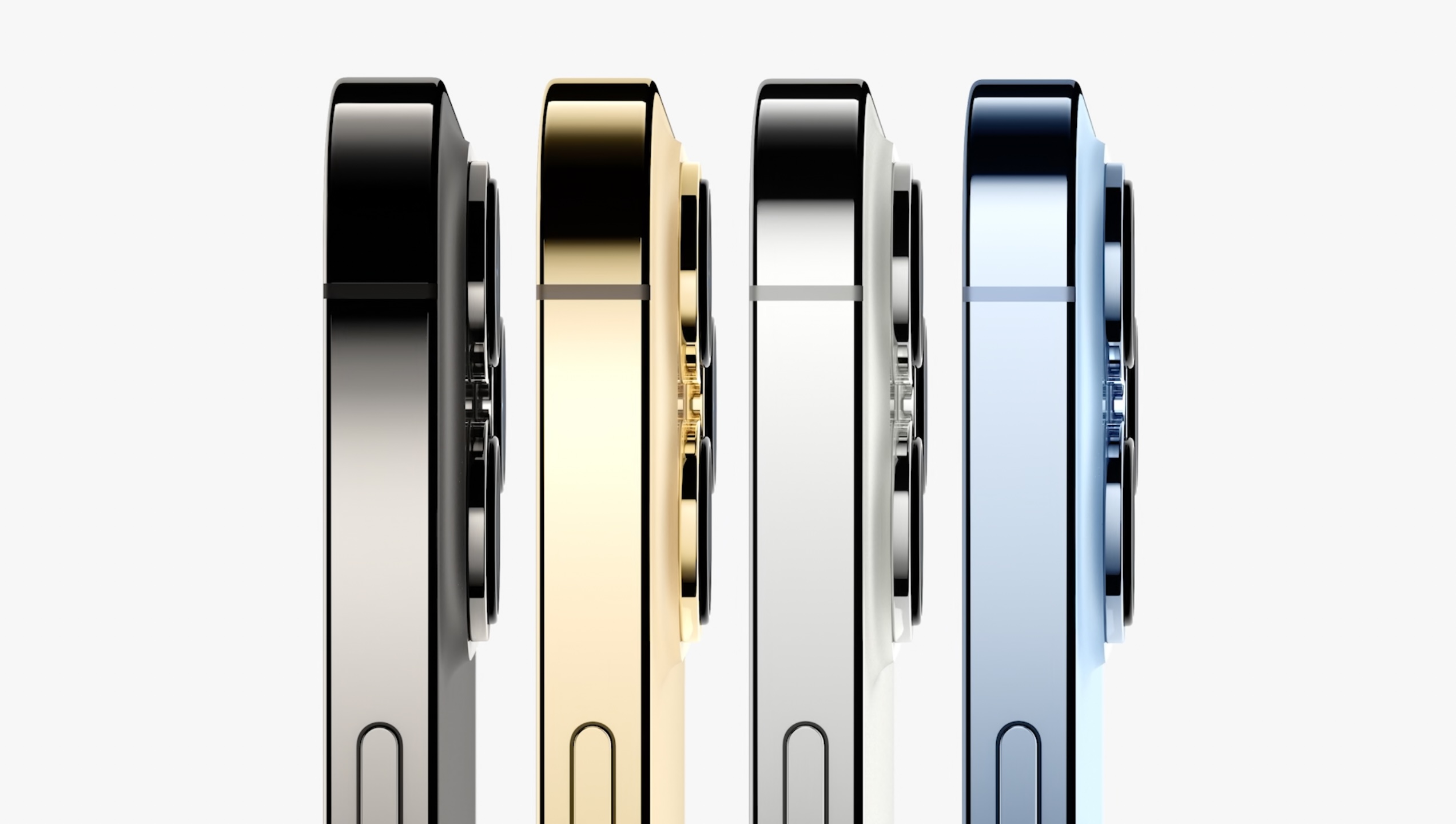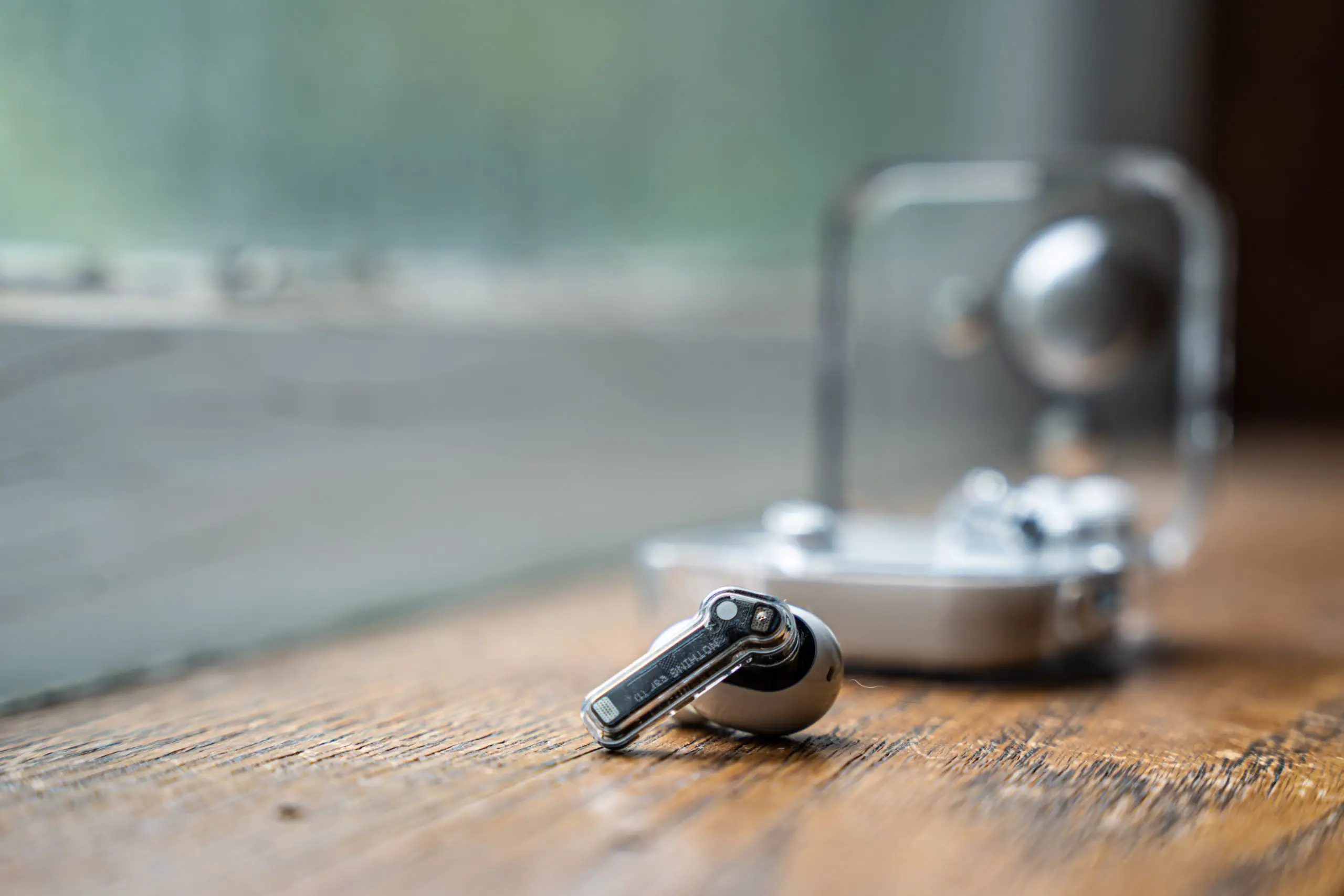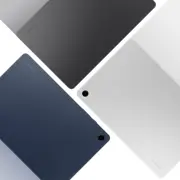Apple’s iPhone 13 series was launched last month and as with pretty much all new smartphone models, there are going to be brand new features in the phone. If you’ve moved over to the iPhone from Android, or if you’re just looking for ways to improve on your iPhone experience, don’t worry, we’ve got you covered with some first things you should do with your brand new iPhone 13.
Setup Face ID
Since Apple has yet to bring back fingerprint technology to the iPhone series, this means that for now Face ID is the best solution for protecting your phone from other people trying to peek into its contents. Usually Face ID setup is offered when you first startup the phone, but in case you missed it, go to Settings > Face ID & Passcode and begin the setup process
Setup a passcode
If you don’t want to use Face ID, it’s still always a good idea to have a passcode that you can use to protect your phone and your privacy. Go to Settings > Face ID & Passcode and scroll down and tap “Turn Passcode On” and follow the steps to setup a passcode for your iPhone.
Unlock with Apple Watch
If you happen to also own an Apple Watch, then you might want to check out a pretty rad feature which is to unlock your phone using the Apple Watch. What this does is that in case Face ID can’t recognize you because you’re wearing a mask, as long as you are authenticated on your Apple Watch, the phone will unlock.
This can be found in Settings > Face ID & Passcode and scroll down until you see the “Unlock with Apple Watch” option. Tap on it to toggle it on, but you’ll have to make sure your Apple Watch has its own passcode setup (don’t worry, you’ll only have to enter the passcode on your watch whenever you take it off and put it on again, not everytime you want to use it).
Customize your Home Screen
With iOS 14, Apple finally allowed users to add widgets to the home screen. To add a widget, just go to your Home Screen and press and hold on an empty spot. Once the icons start shaking, tap the “+” button at the top left corner of the screen to pull up a list of available widgets.
Some of Apple’s native apps support widgets, but when it comes to third-party widgets, it will be entirely dependent on the developer whether or not they want to support it, so your mileage may vary.
Change your 5G settings
The iPhone 13 is a 5G capable phone, but whether or not your carrier has 5G or if you’re within range of 5G is a different story.
If you’d rather not have the phone continuously seek out 5G and drain your battery, go to Settings > Cellular > Cellular Data Options > Voice & Data and change your 5G settings to either select LTE only, 5G only, or 5G Auto which will switch back and forth between 5G or LTE depending on availability.
Choose how much data you consume
A lot of carriers these days offer users a lot of data and for some, this is usually more than enough. If you happen to be on a plan that offers a lower amount of data or if you use a lot of data, then maybe changing how much data your phone consumes might be a good idea.
Go to Settings > Cellular > Cellular Data Options > Data Mode and choose the various options that are available to you.
Color shifting wallpapers
Apple bundles several wallpapers with its iPhones, which is to be expected, and some of them are actually dynamic. What this means is that whenever your phone enters Dark Mode, your wallpaper will change along with it to display darker colors that are easier on the eyes. You can find this in your Settings > Wallpaper > Choose a New Wallpaper and go to Stills.
Turn on or off Night Shift
In order to reduce the amount of blue light emitted from the iPhone’s display, Apple introduced a feature called Night Shift that basically gives the phone a bit of a yellow tint. If you’re not a fan of the feature or if you think that it might help, you can enable it or disable it or even set it on a schedule by going to the Settings > Display & Brightness and tap on Night Shift.
Turn off True Tone
According to Apple, True Tone is a feature that changes the colors of your iPhone’s display to better match its surroundings. For the most part, similar to Night Shift, this ends up creating a bit of a yellow hue on the display which some might find kind of ugly. If you’re not a fan of True Tone, go to Settings > Display & Brightness and under Brightness, toggle True Tone off.
Choose your Photographic Style
Whenever you edit your photo, you might adjust certain settings like the exposure, the contrast, saturation, temperature, and so on. If you’d rather not have to do that everytime you snap a photo, one of the features of the iPhone 13 is Photographic Styles. These are essentially filters of sorts that lets you create a predetermined look/style so that whenever you take a photo, it will look similar.
Launch the Camera app and in the main camera screen, swipe up. Tap on the icon that looks like a bunch of stacked rectangles and swipe through the different styles. You can further customize it by tapping on either Tone or Warmth and move the slider left or right until you arrive on the style you like.












Comments